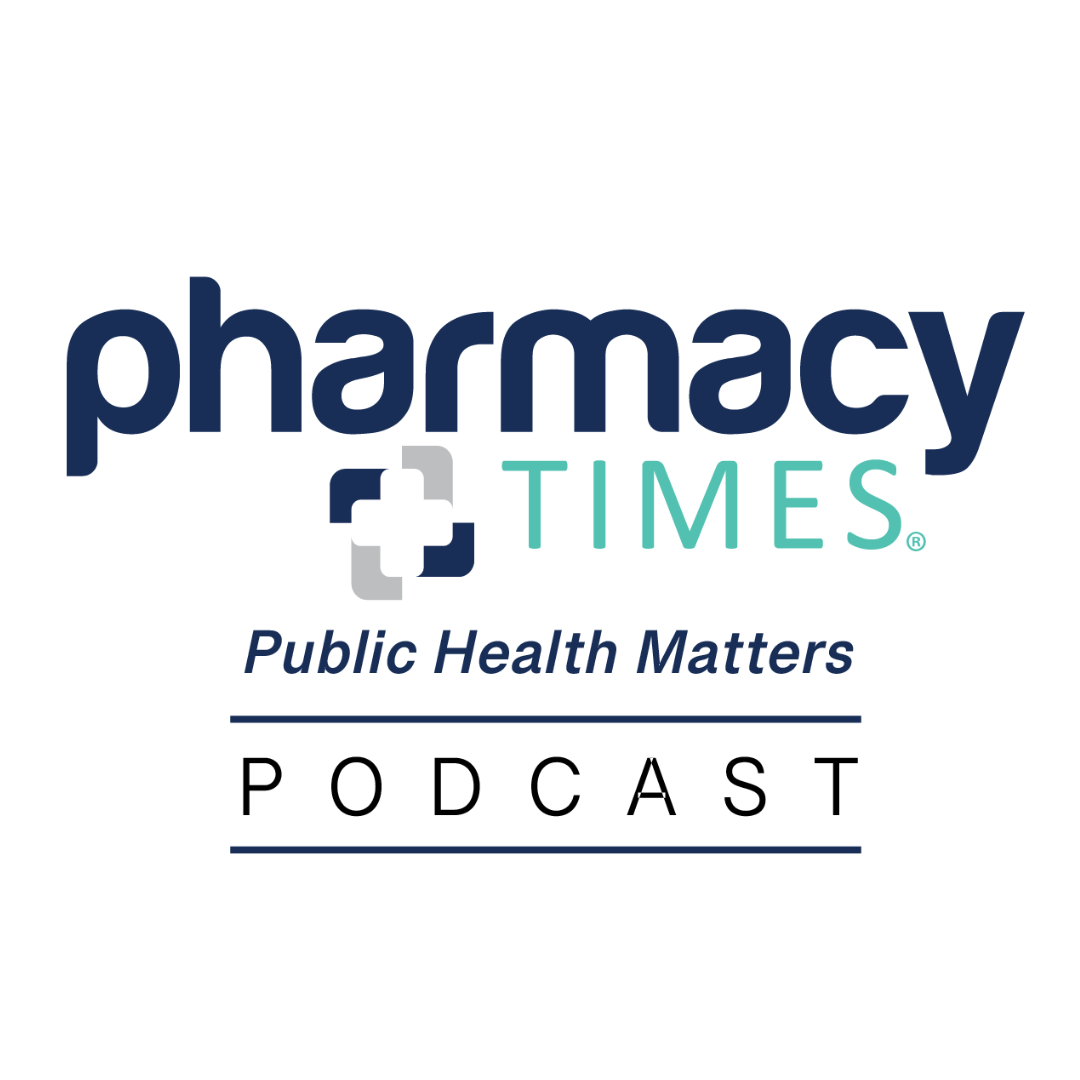Article
How PBMs Can Help Rein in Drug Spending
Author(s):
Formulary changes, utilization management, and a lack of transparency upset a lot of members, which hides a lot of good things that pharmacy benefit managers do.
Pharmacy benefit managers (PBMs) are hired by employers or organizations to act as the middleman between drug manufacturers and pharmacies. They essentially seek to bring together the entire pharmacy supply chain, while helping to improve patient outcomes through clinical and cost-saving programs
The United States spent an estimated sum of approximately $500 billion on medications in 2019. This number combines all insurance types as well as cash-paying patients. This is a $200 billion increase over the past 10 years. There is no telling what this number would be without PBMs.
PBMs seek to control that spending while providing the most effective care to their members. These negotiation skills have the potential to provide significant value.
There are a few additional ways in which PBMs can help their clients:
- Administer and process claims
- Provide pharmacy networks
- Provide mail order services
- Negotiate with manufacturers
- Optimize plan performance of clients
- Ensure safe, cost-effective, appropriate medication utilization
Maybe I lied—maybe it’s more than just a few. The list above is more than what most of the population would think. PBMs are responsible for a large portion of a member’s health and these services show that they are an essential cog in the health care machine.
Reducing spend
Controlling costs can be thought of as a 2-pronged approach:
Negotiating with Pharma
PBMs negotiate with drug manufacturers to reduce their purchase price of medications. Secondly, they negotiate for rebates as an extra tactic to drive down the cost for their clients. They are then able to pass along these discounts and rebates, to their clients.
Negotiating with Pharmacies
PBMs negotiate with both retail and mail order pharmacies. By establishing pharmacy networks, PBMs able to ensure medication access for members while balancing costs for their clients.
Formularies
PBMs develop formularies, a list of medications that are covered, to help reduce spend. This formulary allows for stability in which medications will be covered. Safety and efficacy are on the top of the list, but when those are equal between 2 drugs, cost is the determining factor. This list is updated at least 4 times a year to keep up with new market changes.
Within each formulary is a list of tiers that categorize the medications and are associated with a co-pay. Tier 1 is preferred generic medications and have the lowest co-pays. Tiers 2 and 3 are brand medications with tier 2 medications having a lower co-pay than tier 3. This tier approach promotes the use of generic medications and allows for brand name medications to be covered, with some having a better price than others.
PBMs also use utilization management (UM) to help control costs. This includes prior authorizations, step therapy, and quantity limits. All of these are ways to ensure that the medication being used is the appropriate therapy and is being used for the appropriate reason. A lot of times medications can be used off label, some of which are very expensive. In other words, UM is a way for clients to preserve both the clinical and financial integrity of their plan.
Rebates
PBMs are able to negotiate with drug manufacturers regarding rebate programs. These rebates are only on brand name drugs and help reduce the cost of these expensive medications. There are 2 different types of models that PBMs use: traditional and transparent.
The traditional model will either pass through some or none of the rebate to the client, whereas the transparent model passes through the full rebate. The caveat with the transparent model is an administration fee. This fee can be charged per prescription or per service. These rebates that are passed through to the client are often used to help offset the premiums that the members will pay.
Closing Thoughts
PBMs have a difficult job and they are in almost a lose-lose situation, as the public perception is very low on PBMs. In fact, most don’t know what a PBM is, but they know who their health insurance provider is.
A lot of members only remember their bad experiences. Formulary changes, utilization management, and a lack of transparency upset a lot of members, which hides a lot of good things that PBMs do. This is a very convoluted system between wholesalers, drug manufacturers, pharmacies, and members.
PBMs are the middleman, but they provide a lot of services that improve patient health and reduce costs. During a time in which health care spending is at an all-time high, and only looks to increase with new specialty medications, someone needs to help control the costs. PBMs play an essential role behind the scenes giving members access to medications and providing discounts and a network of pharmacies to keep their members healthy.
About the Author
Ryan Fitzmaurice earned his Doctor of Pharmacy degree from Lake Erie College of Osteopathic Medicine (LECOM) School of Pharmacy and earned his Masters of Pharmacy Business Administration (MPBA) program at the University of Pittsburgh, a 12-month, executive-style graduate education program designed for working professionals striving to be tomorrow’s leaders in the business of medicines. He has spent the past several years working across the industry including retail pharmacy management, specialty pharmacy, and 340B pharmacy.





